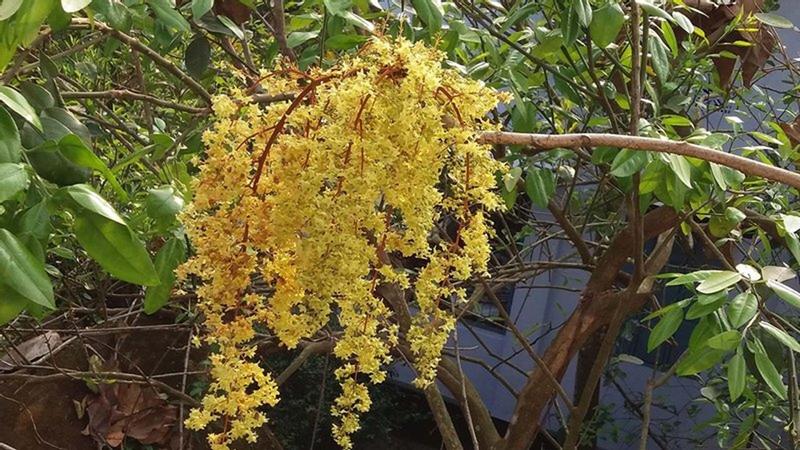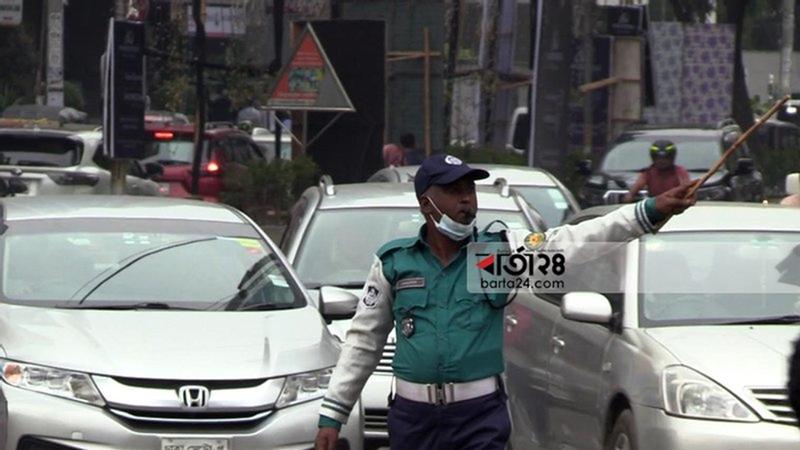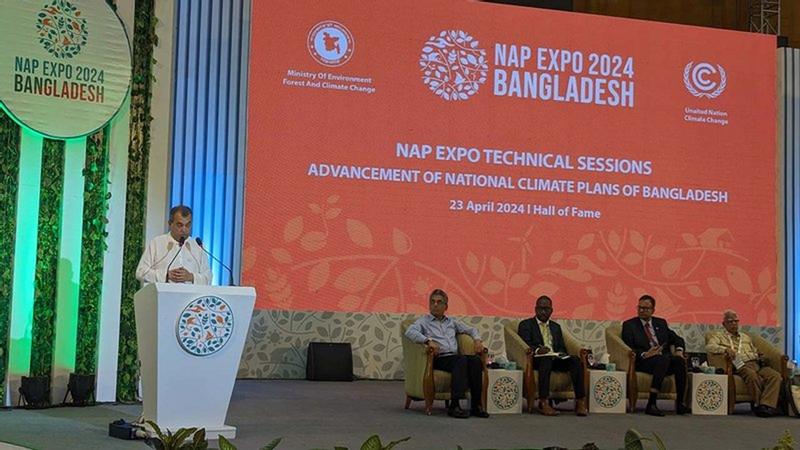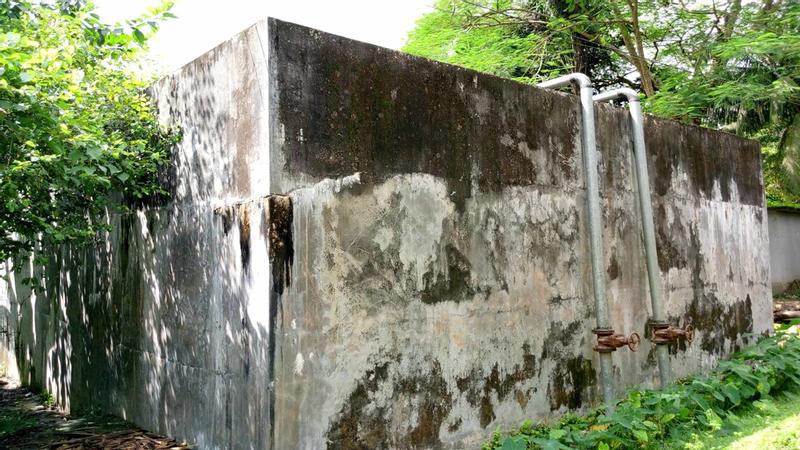Ferdous Hossain hails from Netrokona district. He has been working in Bangladesh Police for a long time. He served almost 10 years of his 22 years of service in the traffic department. Although remote control lights or modern technology are used in the traffic system in most of the small and big countries of the world, hope is still the hand gesture of Ferdous Hossain in Bangladesh.
As a result, everyone in charge of the A-section like Ferdous Hossain has to stand in front of the car with the risk of traffic control. Sometimes this traffic control system of hand signals is a victim of accidents. Rain or shine. Ferdous Hossain's big responsibility is to stand under the open sky with his two legs still in digital Bangladesh.
Ferdous Hossain said, we have to take risks for government work whether it is sunshine or rain. Sometimes accidents happen. But if we had a modern system, our suffering would have been less. Also the risk of life is reduced.
Not only Ferdous Hossain. Such a tragic story of controlling the traffic system of Dhaka, a city of traffic jams, is about four and a half thousand policemen. In addition to the waste of public resources, the government is also spending a lot of money.
Along with the waste of public resources, common people are also suffering. As a result of hand gesture control, many people have to sit on the road for extra time. Besides, the risk to pedestrians is also increasing gradually on the roads of Dhaka.
Samsul Haque, a private car driver, said that the policemen on duty are not seen when they are on the move. Their hand gestures are sometimes not visible. We have to pay a penalty for this besides, when people are crossing the road. It also causes accidents. All this could have been avoided if there was a modern system.
According to the data, automatic traffic signals were installed at 70 intersections under the Dhaka Urban Transport Project (DUTP) funded by the World Bank during the financial year 2001-02. Besides, digital traffic system was again installed at 29 intersections under the 'Clean Air and Sustainable Environment' (CASE) project in the financial year 2012-23. This project also had the cooperation of the World Bank. Two city corporations were responsible for the maintenance of these projects. However, due to lack of maintenance, these projects did not see the light of day. Within a few days the automatic traffic signal system was out of order.
In the fiscal year 2018-19, the government took the initiative to activate 43 traffic signals of Dhaka under the case project. As a result, only the red and green lights of the Gulshan two signals are lit, but all the others are useless.
People involved in traffic management say that in the last two decades, about Tk. 175 crores have been spent on traffic intersections and signal installations alone. However, despite spending so much money, the road connectivity of the capital has not been controlled. However, the police has increased the trust of traffic control at more than 115 traffic signals and more than 550 places. According to the information, the government is spending hundreds of crores of money annually to pay the salary of a large number of traffic police just to signal the movement of vehicles. However, if modernization is done, the risk of traffic police will be reduced with the reduction of road accidents, and the government will save a lot of money and manpower.
In this regard, Mustafizur Rahman, Assistant Police Commissioner of Gulshan zone of the traffic police, said that at least four policemen work at each of our intersections. If modern technology is used then our manpower will be less wastage and also our risk will be reduced.
Meanwhile, DTCA took another initiative to install an automatic traffic system at four intersections in Dhaka. It costs Tk. 52 crore. DTCA works on the Intelligent Traffic System (ITS) at four important points of two city corporations. These experimentally installed artificial intelligence traffic lights are standing as a demonstration due to the lack of software at Mohakhali and Gulshan-1 intersections of North City Corporation. The equipment of the south is lost.
The question is why so many projects failed in two decades? The new plan or the two city corporations.
All the projects worth around Tk. 200 crores in two decades were pilot projects. Due to the lack of success in the pilot project, the main project was not taken up. So there is no failure said Dhaka Transport Coordination Authority.
Traffic Enforcement Officer of Dhaka Transport Coordination Authority Salim Khan said all previous projects were pilot projects. Here is neither failure nor success. The original project was not taken up later as the projects did not have good prospects.
He said, we are working on another pilot project. AI based. Hope success will come in the next two months. After that we will work on it.
No one in charge of the Dhaka South City Corporation, which is in charge of the traffic system, was able to comment on this matter, but the North City Corporation has no problem with the previous project. However, North City Chief Executive Officer Mir Khairul Alam said that they are working on a new artificial intelligence traffic system.
He said, we are piloting artificial intelligence in Gulshan-2. We have already achieved success. This time digital will not be artificial intelligence based after that, as many projects as there will be. All will run with AI. We are moving towards that.
















